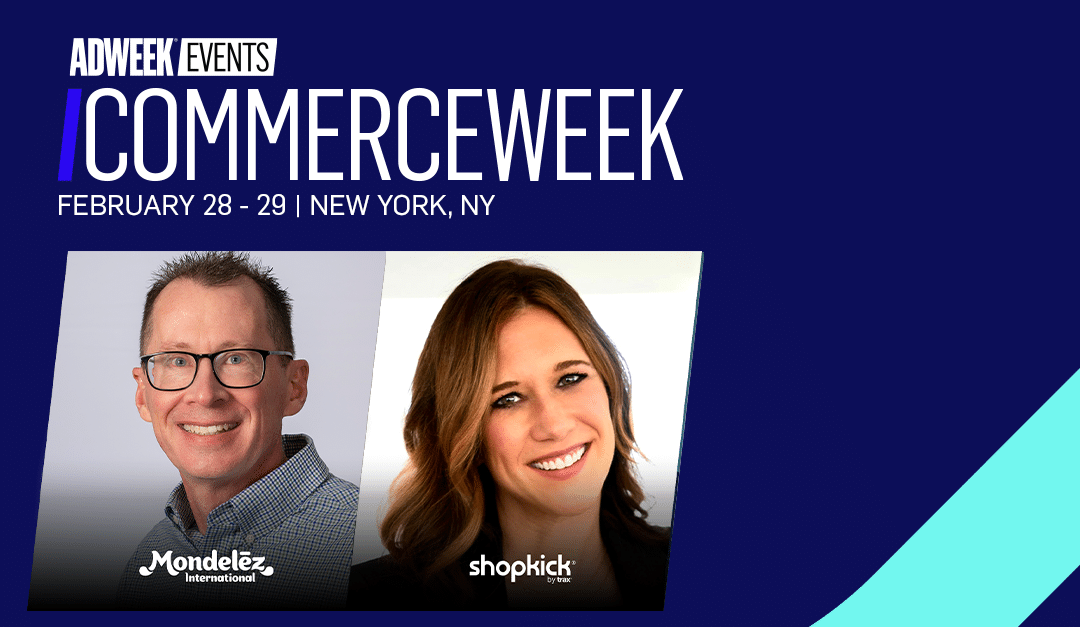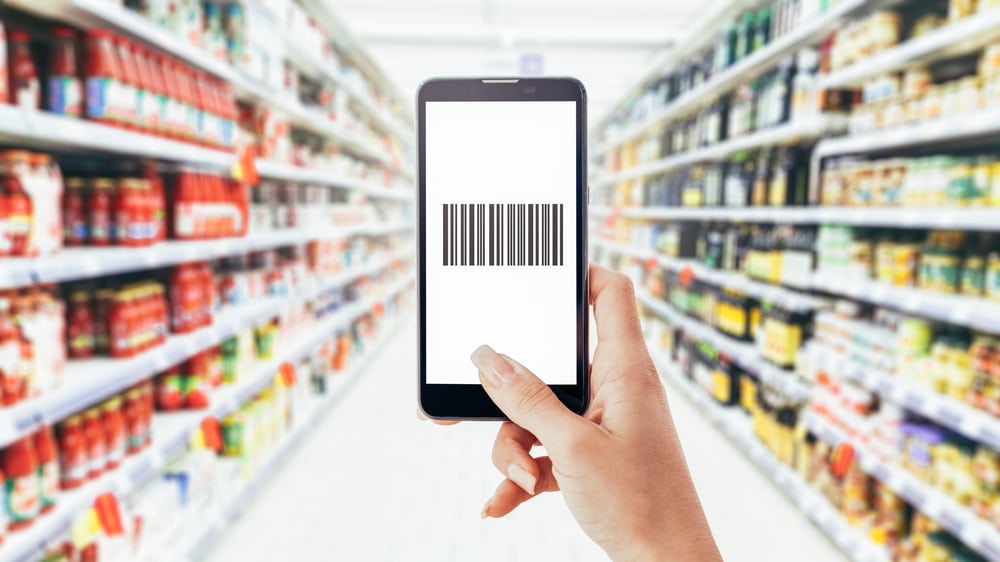At a AdWeek retail event Shopkick’s Vice President of CPG and Retail Partnerships, Stephanie McHale talked with Mondelez’s Regional Vice President, Omni Shopper Activation and Strategic Partnership, Steve McGowan. The event provided valuable insights into adapting strategies to meet the changing needs and preferences of shoppers. Here’s a recap of some key takeaways from the discussion:
- Embracing Digital Engagement: With the Shopkick app at the forefront, attendees explored the integration of digital engagement with physical retail experiences. Shopkick’s Vice President highlighted the app’s role in engaging shoppers from discovery to purchase, emphasizing the importance of seamlessly blending digital and in-store experiences.
- Prioritizing Shopper-Centric Strategies: Amidst constant consumer evolution, speakers emphasized the need to prioritize shopper-centric strategies. By putting the shopper at the center of decision-making processes, brands can better understand and address their needs, driving engagement and loyalty.
- Balancing Digital and Physical Touchpoints: As digital influence on purchases continues to rise, speakers stressed the importance of balancing digital and physical touchpoints in the shopper journey. By combining both channels effectively, brands can maximize reach and engagement while ensuring a cohesive brand experience.
- Leveraging Data for Optimization: The integration of data analytics into retail strategies emerged as a key theme. By leveraging data insights, brands can optimize their efforts, identify best-performing tactics, and drive incremental sales growth.
- Addressing Friction in the Shopping Experience: Speakers highlighted the importance of reducing friction in the shopping experience, particularly in-store. With consumers increasingly seeking convenience and simplicity, brands must focus on streamlining processes and making shopping experiences hassle-free.
- Ensuring Product Availability: Product availability emerged as a critical factor influencing the shopper experience. By maintaining consistent product availability on shelves, brands can enhance shopper satisfaction and prevent lost sales opportunities.
- Personalization and Experiential Retail: Looking to the future, speakers envisioned a retail landscape driven by personalization and experiential offerings. By delivering personalized messaging and immersive experiences, brands can create memorable shopping journeys that resonate with consumers.
- Measuring Incrementally and ROI: Finally, speakers emphasized the importance of measuring incrementally and return on investment (ROI) in retail activations. By accurately assessing the impact of marketing efforts, brands can refine their strategies and allocate resources effectively.
The retail activation event provided valuable insights into navigating the complex consumer journey. By embracing digital engagement, prioritizing shopper-centric strategies, leveraging data analytics, and focusing on friction reduction and product availability, brands can stay ahead in an ever-evolving retail landscape. As the industry continues to evolve, personalization and experiential offerings will play a crucial role in shaping the future of retail engagement.












